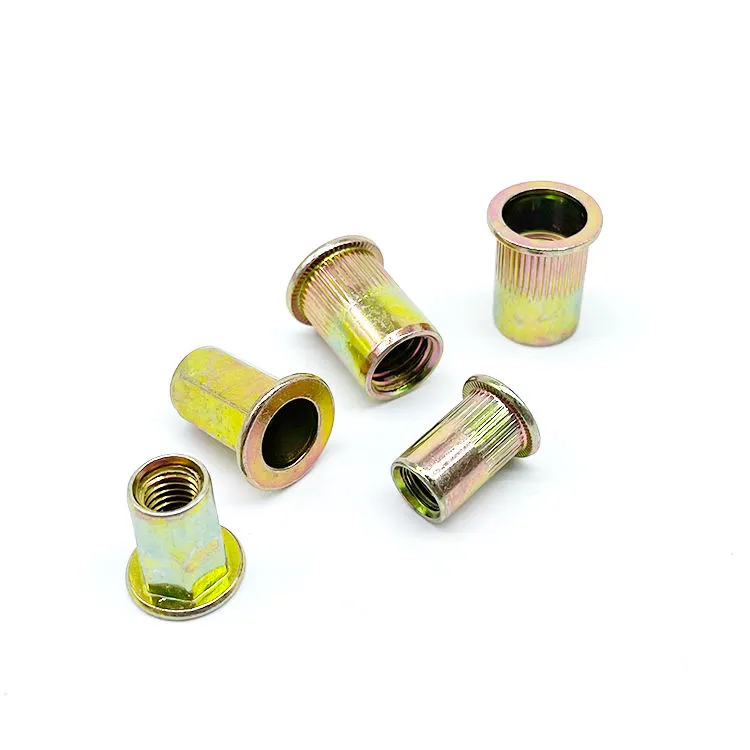

m12 washer od
Nov . 05, 2024 15:17 Back to list
m12 washer od
Understanding the M12 Washer A Key Component in Mechanical Assemblies
In the world of mechanics and engineering, even the smallest components can play a crucial role in the functionality and durability of mechanical assemblies. Among these components, the M12 washer, particularly noted for its outer diameter (OD), stands out as an essential part in various applications.
What is an M12 Washer?
An M12 washer is a type of disc-shaped fastener made from various materials, such as steel, stainless steel, or plastic, and designed to be placed under a nut or bolt head. The M12 designation indicates that the washer is compatible with an M12 bolt or screw, which has a nominal diameter of 12 millimeters. These washers come in different types, including flat washers, spring washers, and lock washers, each serving specific purposes within mechanical systems.
Importance of the Outer Diameter (OD)
The outer diameter of the washer is a critical specification that affects its performance. Typically, the OD of an M12 flat washer is around 24 millimeters, providing a broad surface area that helps distribute the load of the fastener across the surface of the material being secured. This load distribution minimizes the risk of material deformation and enhances joint integrity.
In applications where vibration is a concern, such as in automotive or machinery settings, the larger OD plays a significant role in maintaining a secure connection. It prevents the washer from pulling through the material, which can lead to bolt loosening and potential failure of the assembly. Therefore, choosing the right OD is essential in ensuring the reliability and safety of mechanical structures.
Types of Washers and Their Applications
m12 washer od

1. Flat Washers The most common type, used to distribute the load of fasteners evenly. They are typically utilized in conjunction with M12 bolts in various applications, from furniture assembly to industrial machinery.
2. Lock Washers These washers are designed to prevent loosening caused by vibration. They feature specific shapes that create friction or tension against the fastener, ensuring that the assembly remains tight under dynamic conditions.
3. Spring Washers Often used in applications requiring flexibility and shock absorption. They help maintain tension in a bolted joint, compensating for any movement or settling over time.
4. Fender Washers With a larger OD than standard flat washers, these are used when extra surface area is needed to prevent pull-through in softer materials. They are particularly useful in applications such as roofing or siding.
Choosing the Right Washer
When selecting an M12 washer, engineers must consider several factors, including material compatibility, washer type, and the specific requirements of the application. Environmental conditions, such as exposure to moisture or corrosive substances, dictate whether a stainless steel or a coated washer is necessary to ensure longevity.
Conclusion
The M12 washer, particularly in regard to its outer diameter, is a small yet mighty component in the world of mechanical design. By understanding the significance of this seemingly simple part, engineers can make informed decisions that enhance the safety, durability, and efficiency of their assemblies. Whether in automotive manufacturing, construction, or general engineering projects, the choice of the appropriate washer can make a significant difference in the overall performance and reliability of a mechanical assembly.
Latest news
-
Hot Dip Galvanized Bolts - Hebei Longze | High Strength, Corrosion Resistance
NewsAug.01,2025
-
High-Strength Hot Dip Galvanized Bolts - LongZe | Corrosion Resistance, Custom Sizes
NewsAug.01,2025
-
Best Self Tapping Screws for Drywall - Fast & Secure Installation
NewsJul.31,2025
-
High-Strength Hot Dip Galvanized Bolts-Hebei Longze|Corrosion Resistance&Customization
NewsJul.31,2025
-
Hot Dip Galvanized Bolts-Hebei Longze Metal Products|Corrosion Resistance&High Strength
NewsJul.31,2025
-
Hot Dip Galvanized Bolts-About LongZe|High Strength, Corrosion Resistance
NewsJul.30,2025

